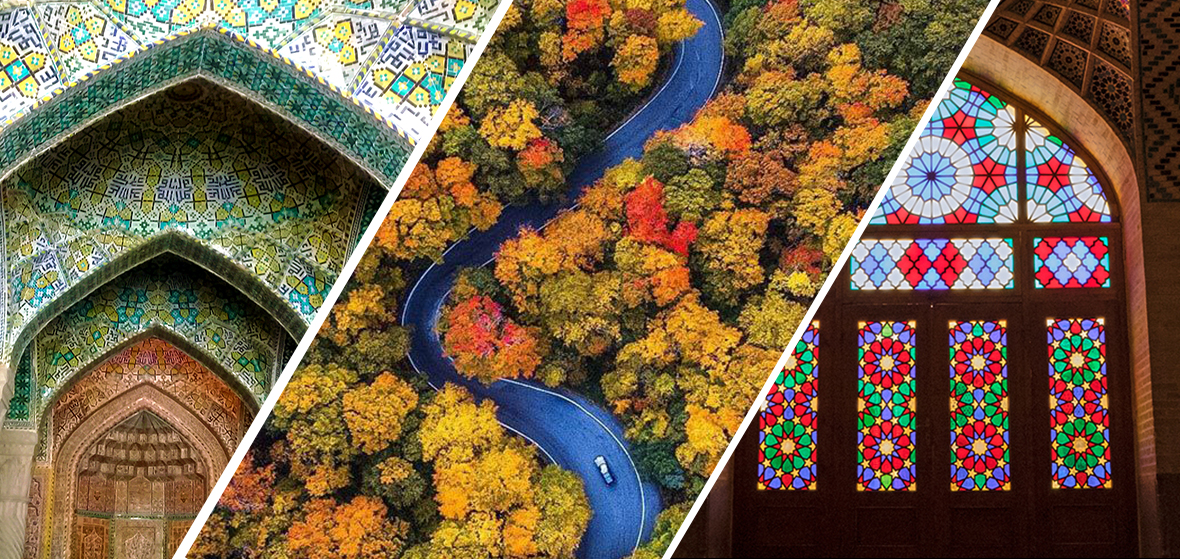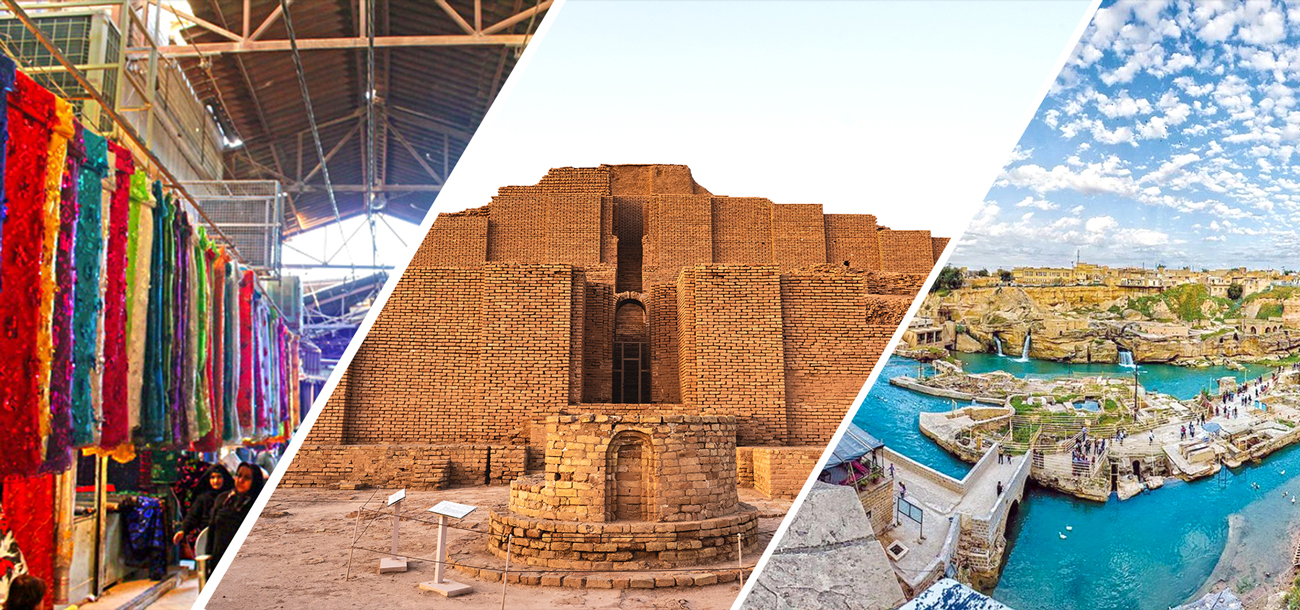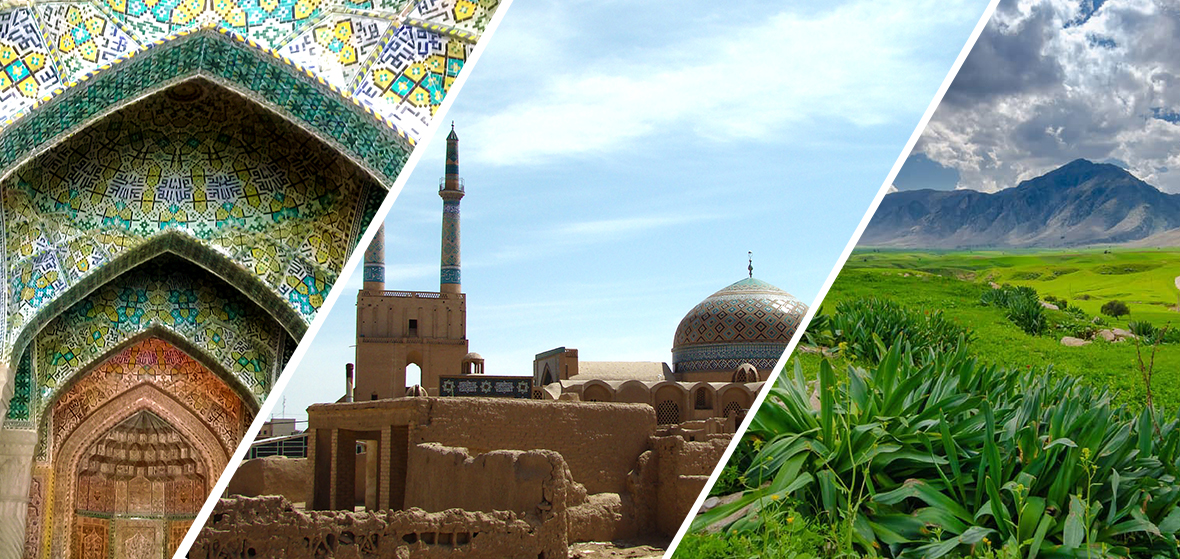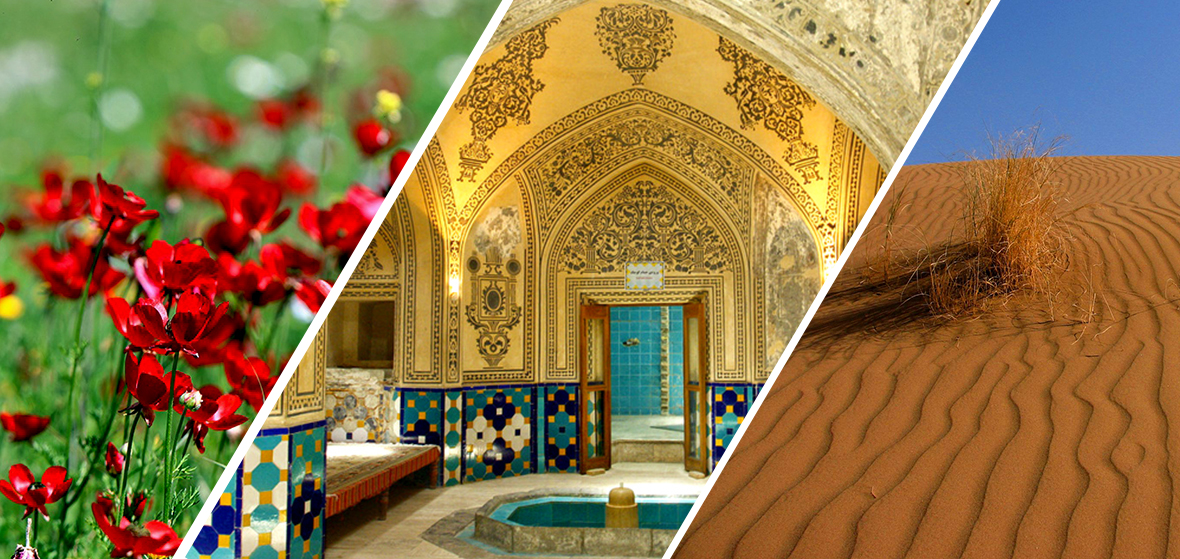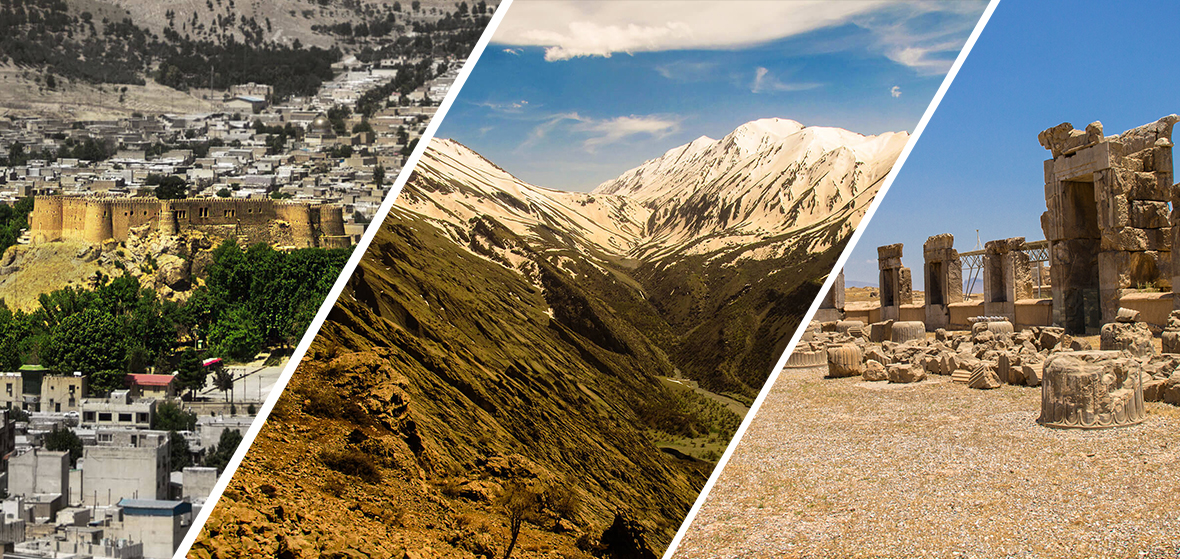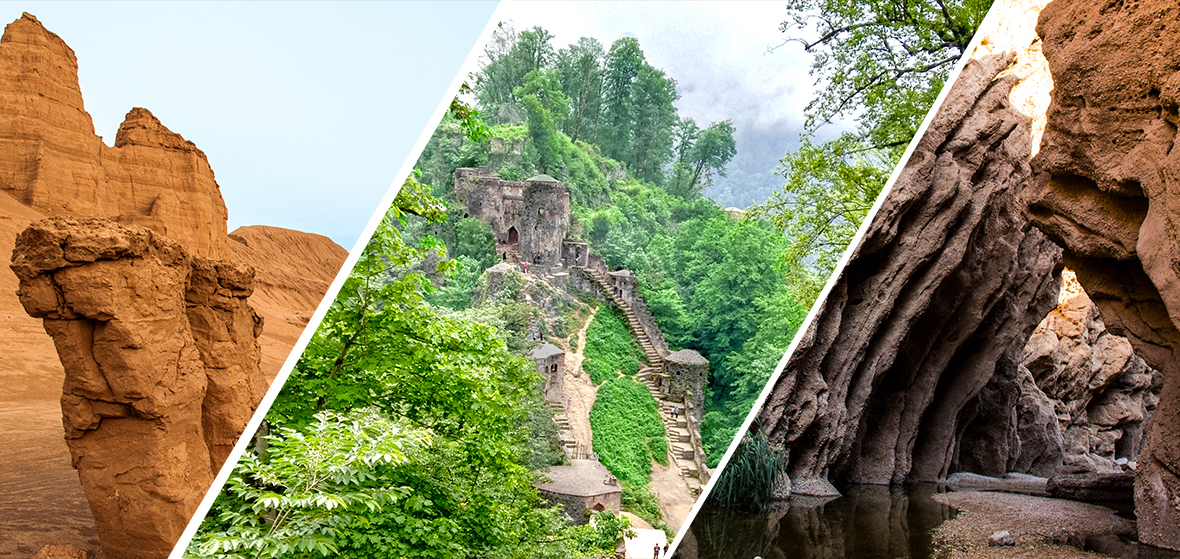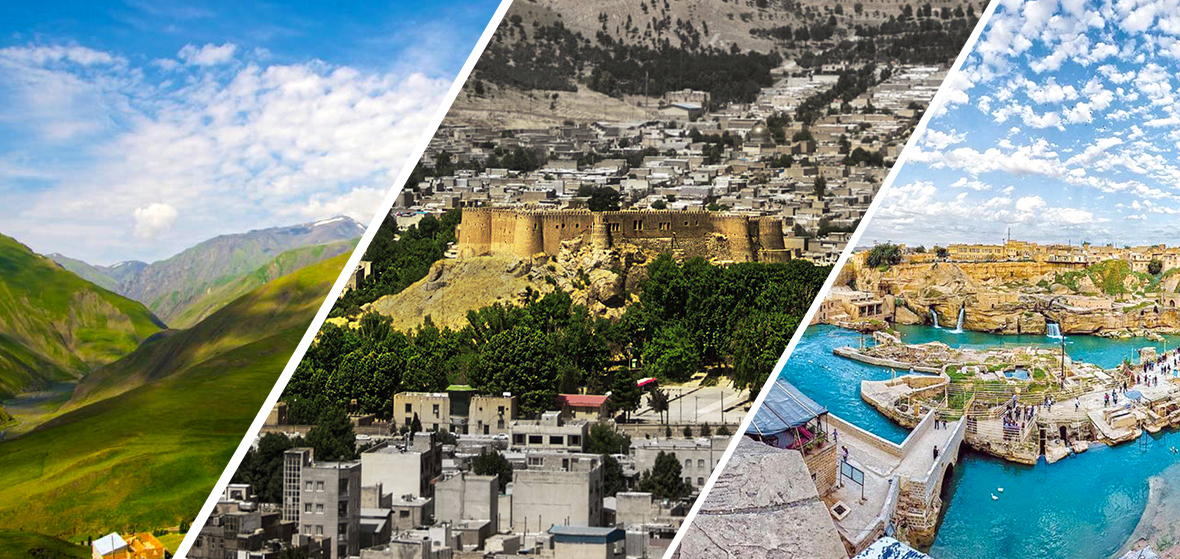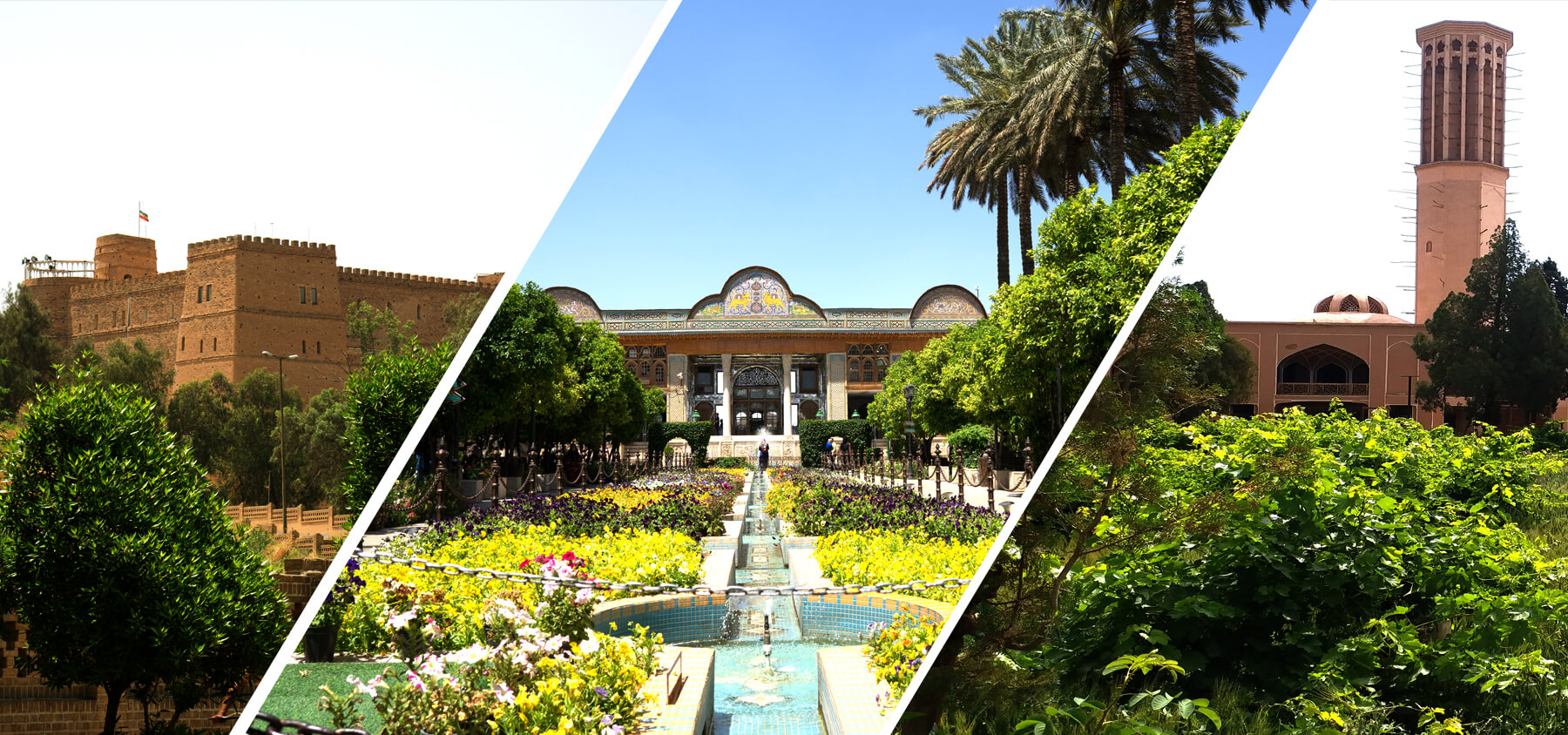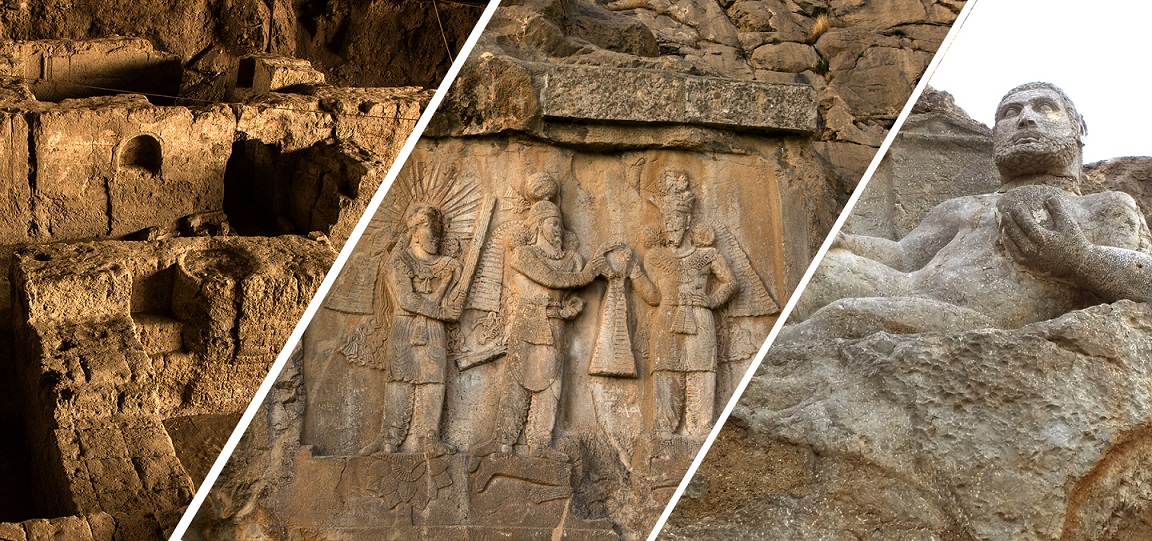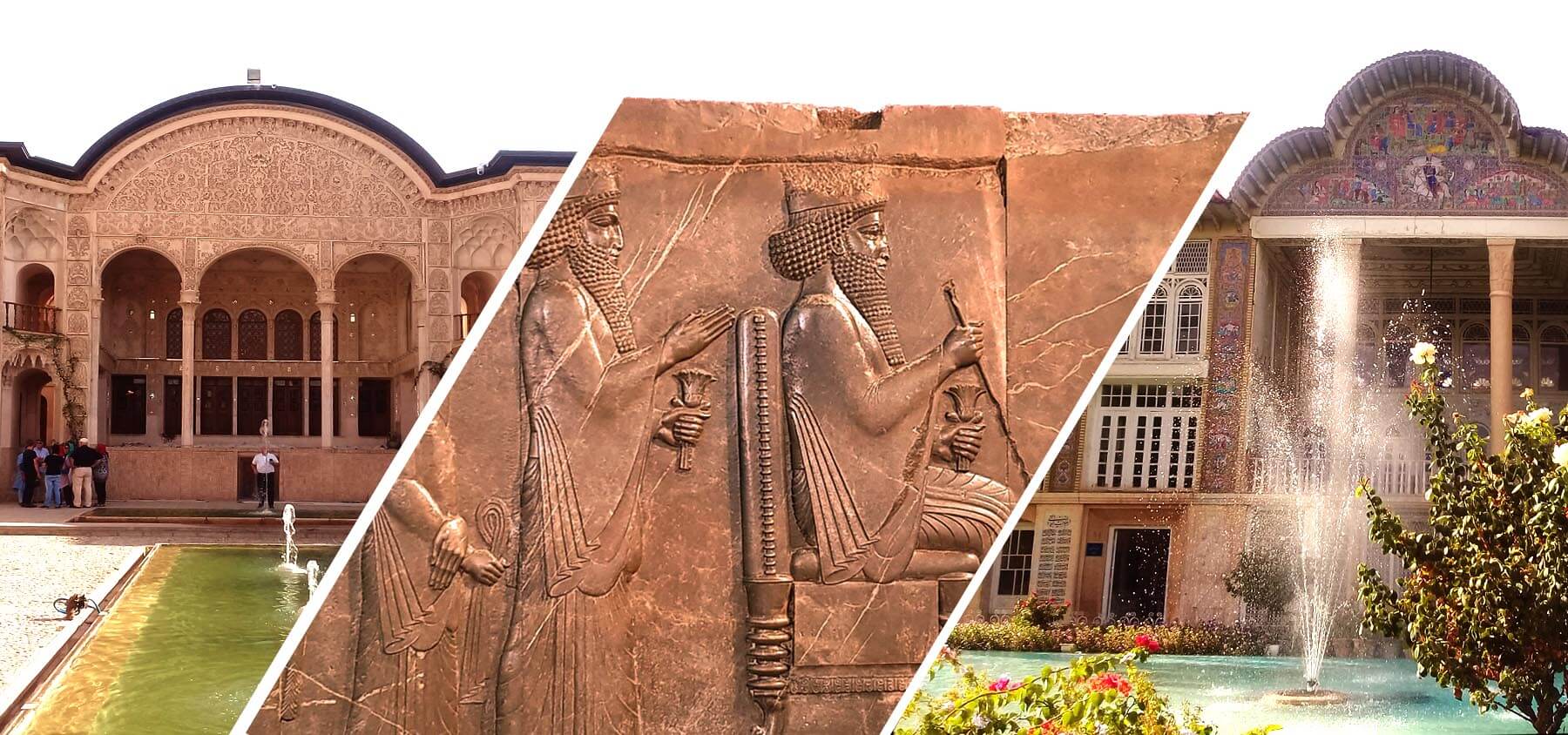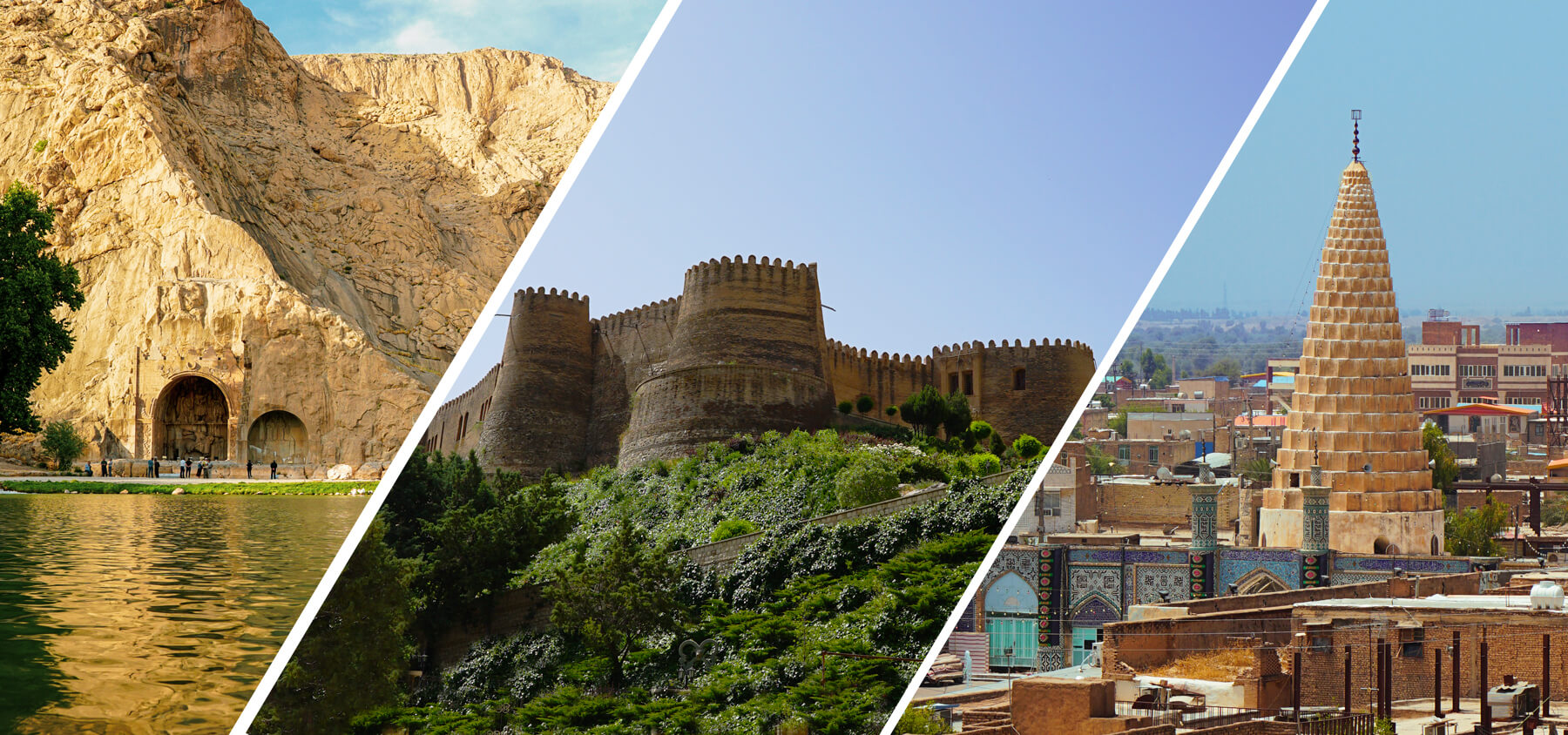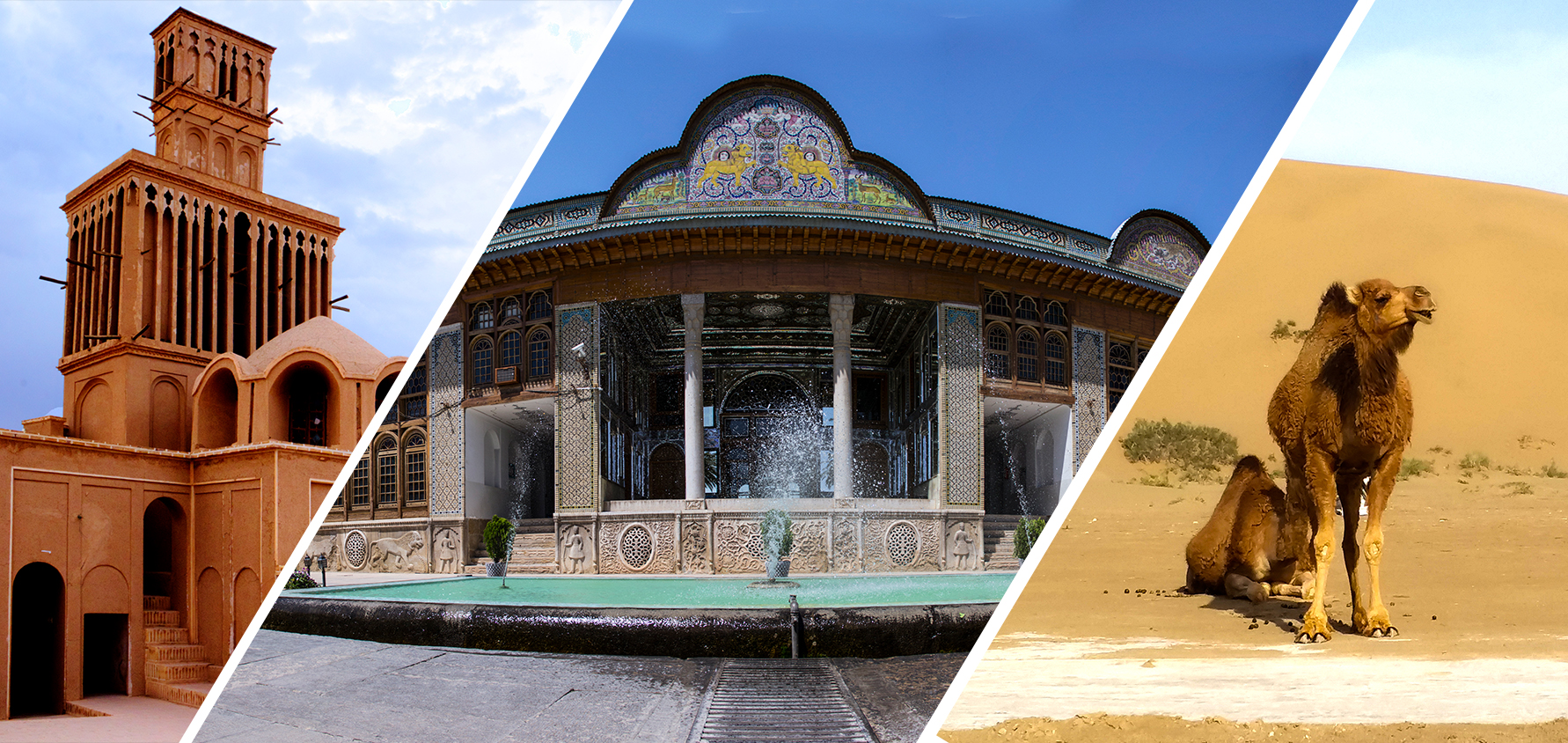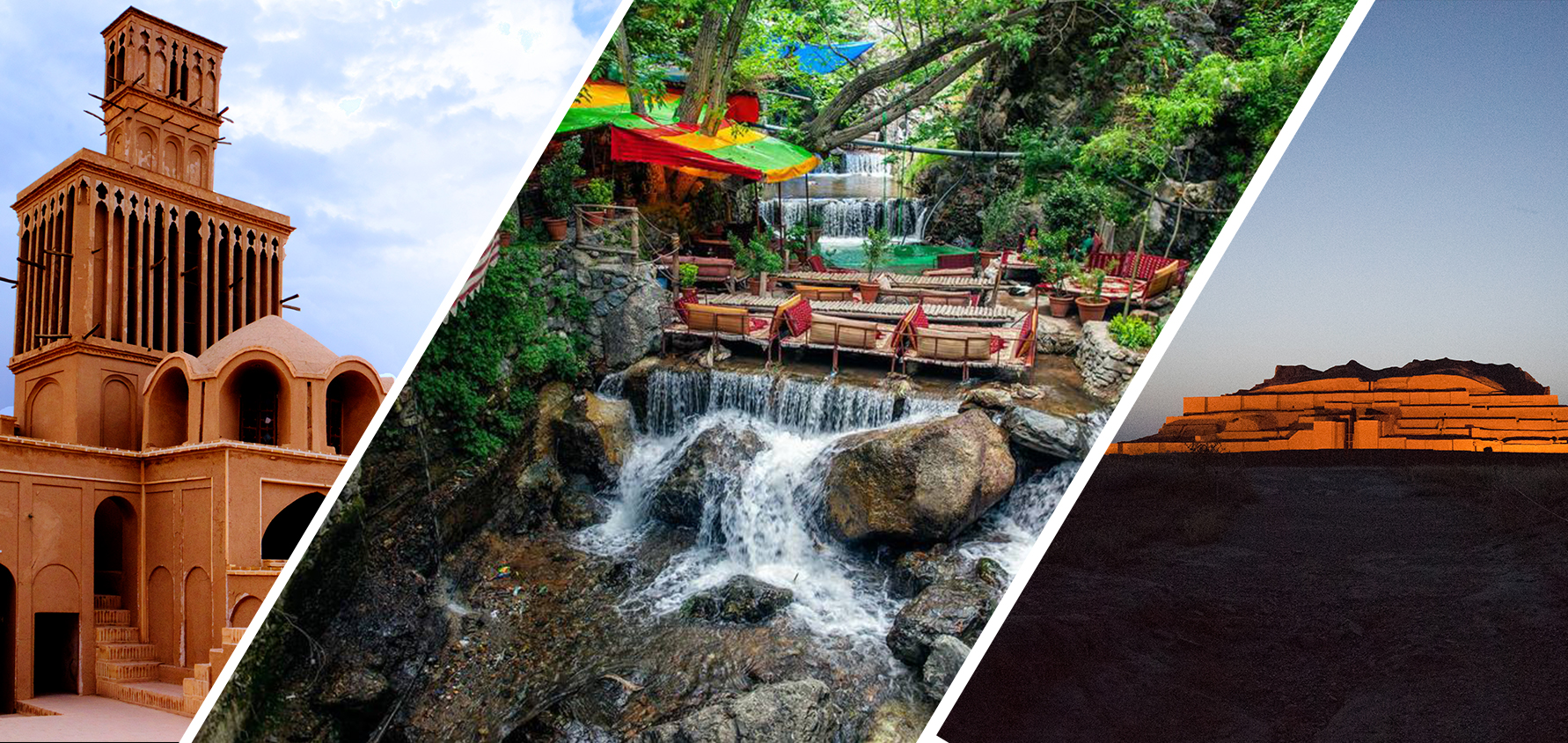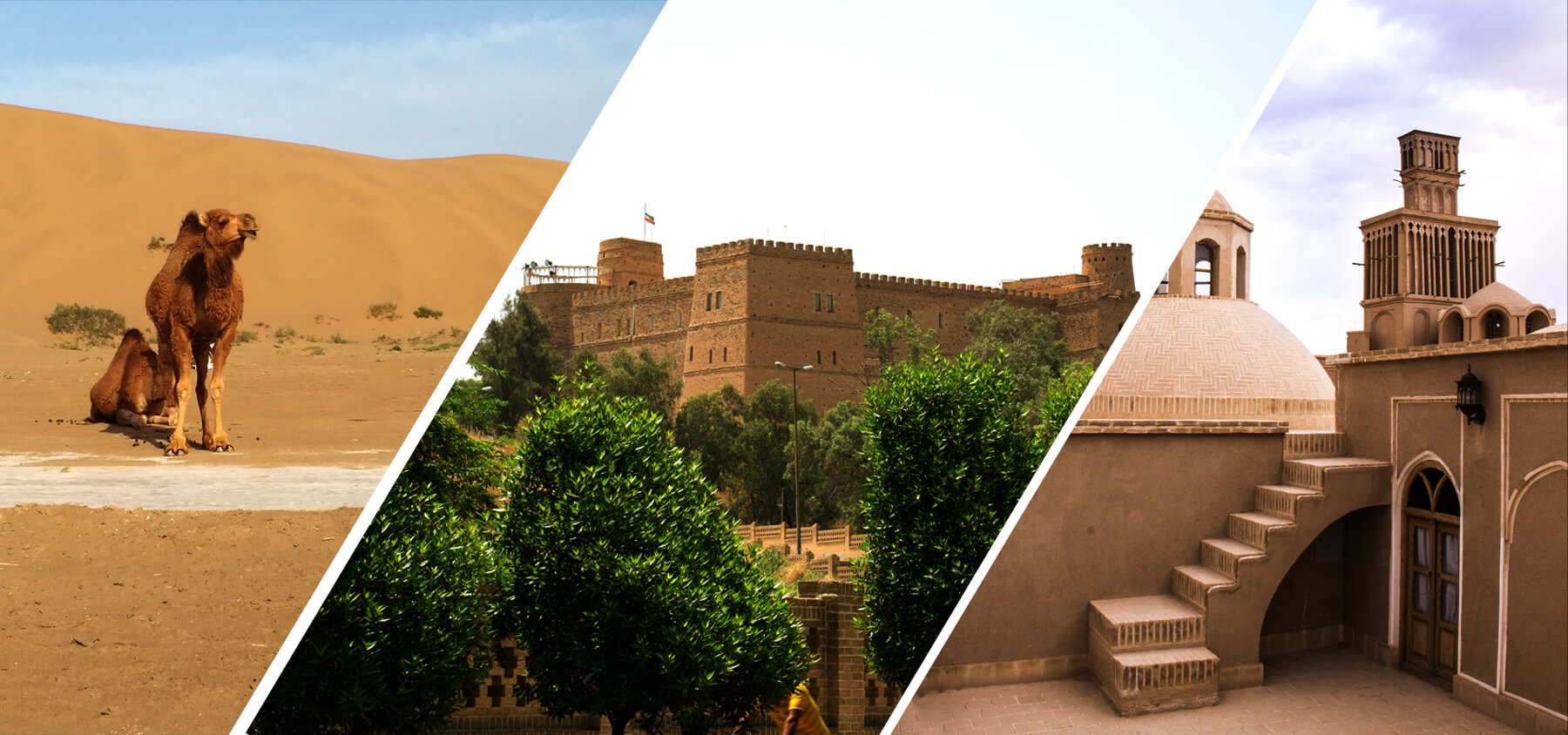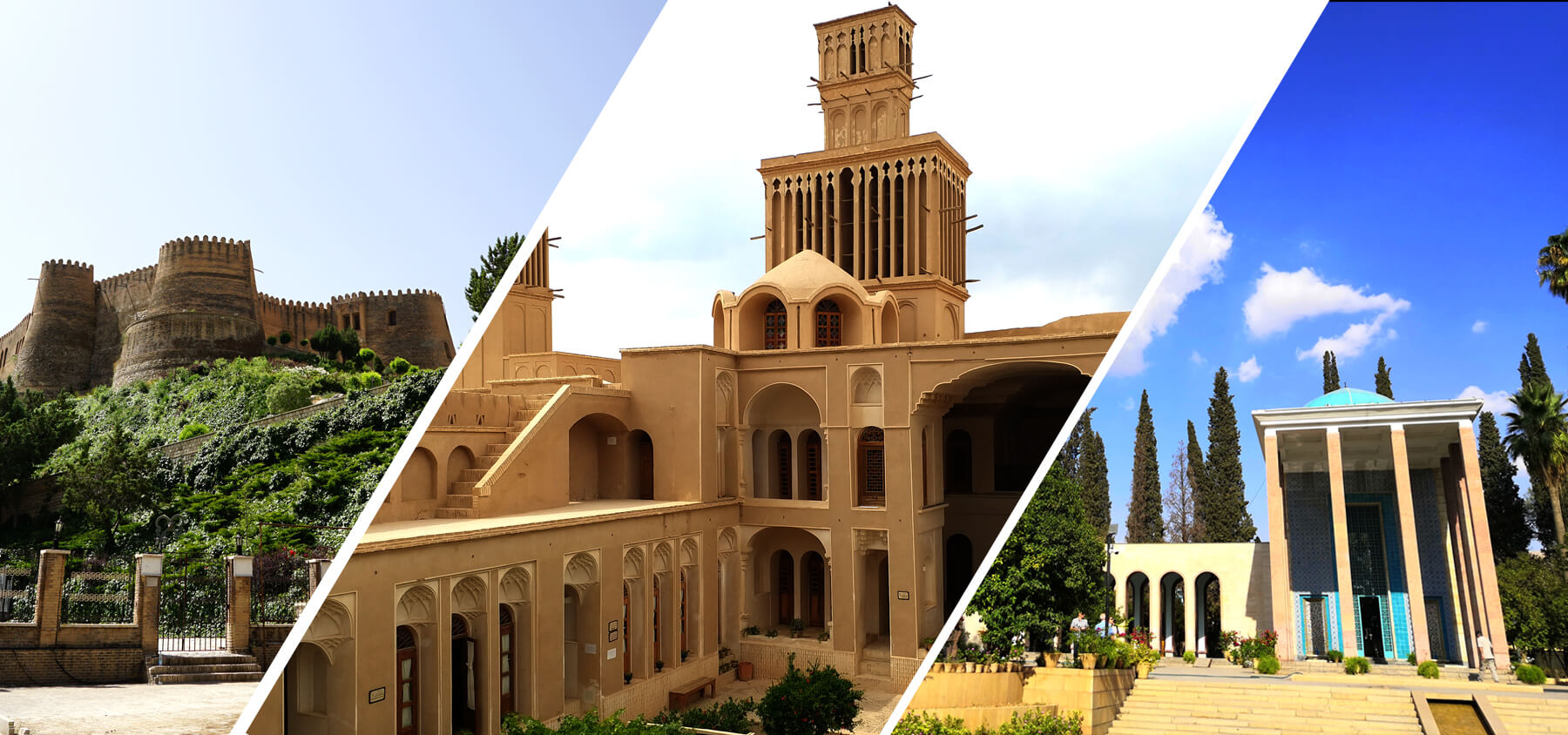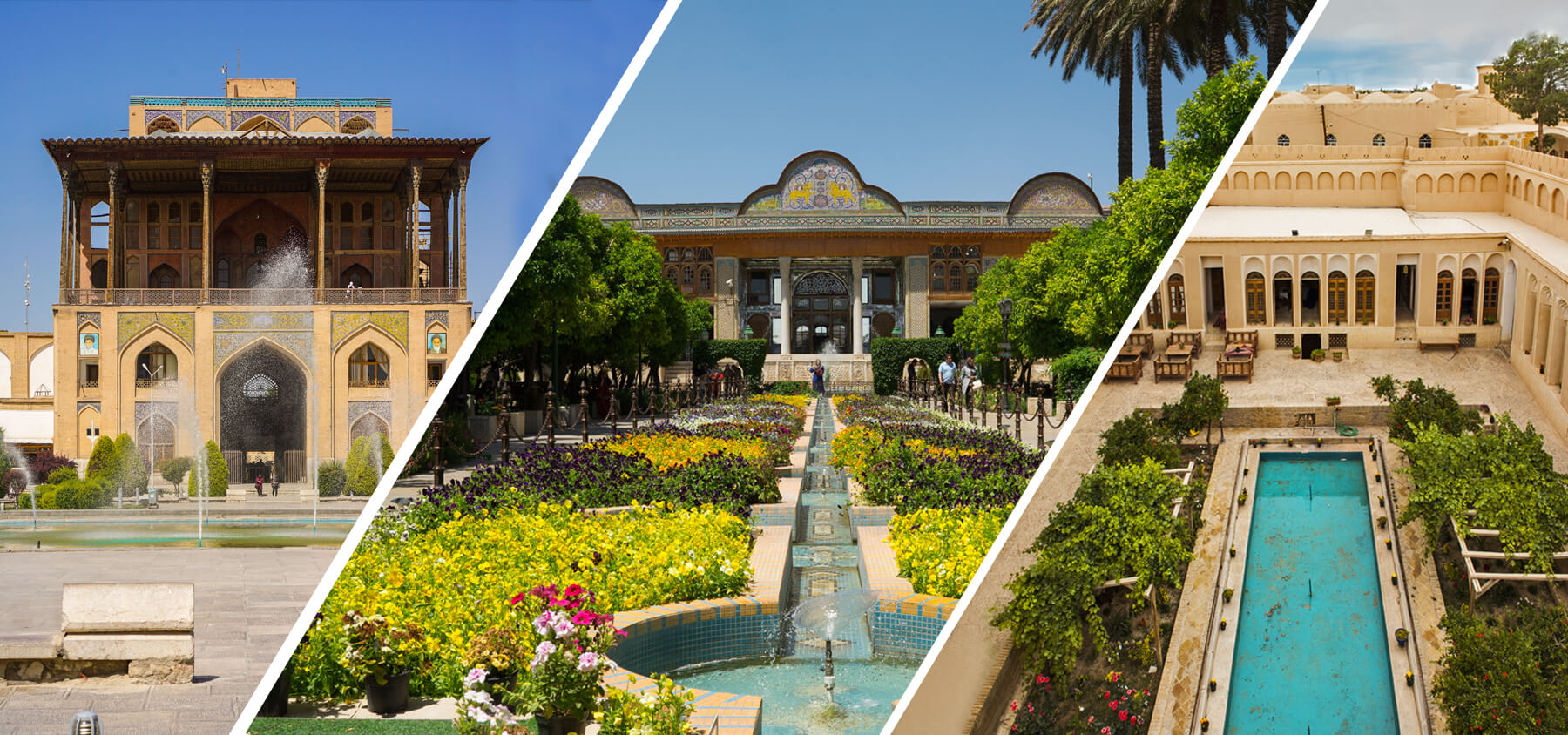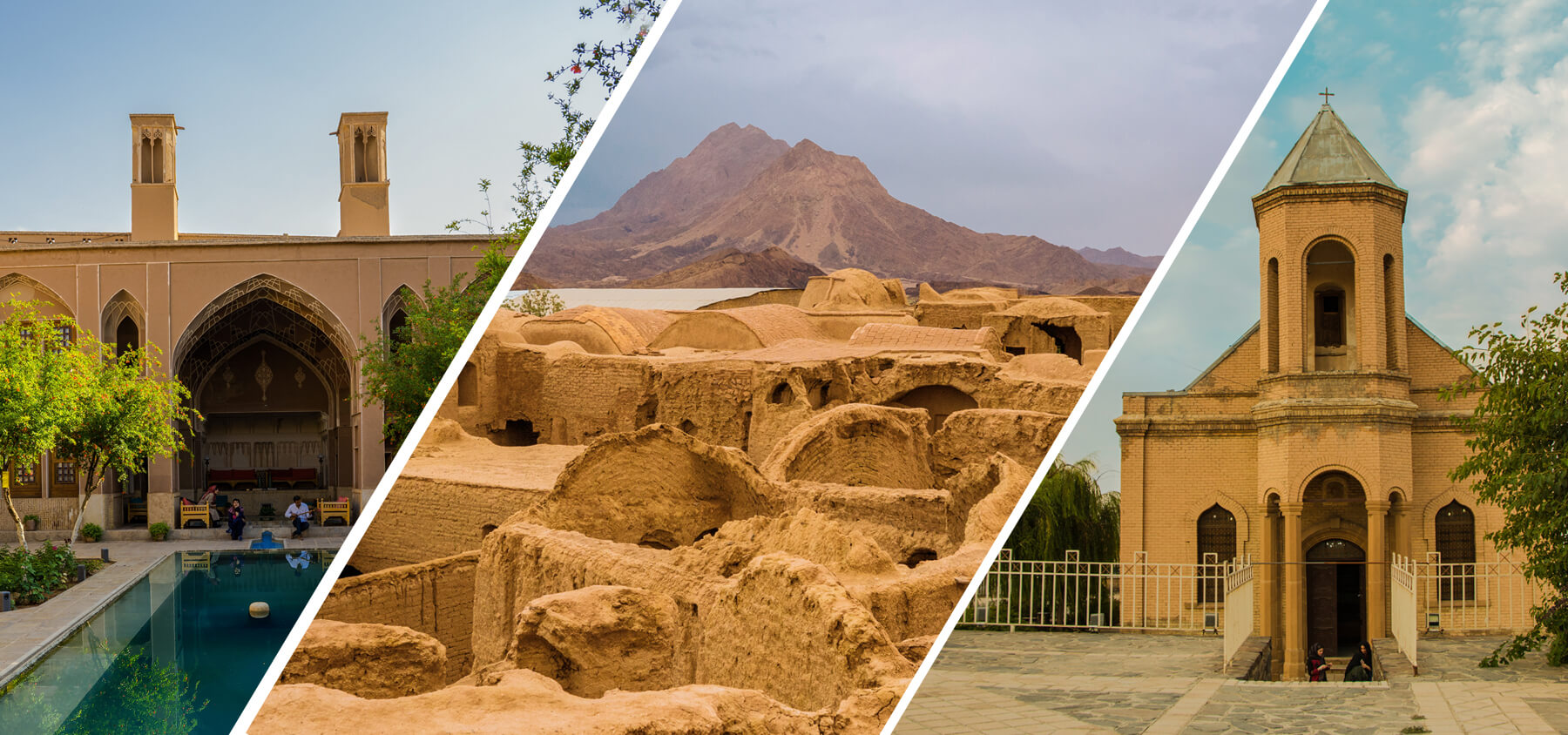Dezful
Dezful is one of the cities of Khuzestan province located in southwestern Iran, east coast of Dez River and southwest of Zagros mountain range. The city is situated in an area with a history that extends back to 5000 years. Historical studies of the area manifest the existence of Dezful during Elamite, Achaemenid, and Sassanid eras.
The name Dezful has been taken from two words Dezh meaning fortress and Pole meaning bridge which in combination they refer to “the fortress near the bridge”. Dezful Bridge was built in the middle of the road between the ancient cities of Jundishapour and Susa, and a fortress was built along the river for protection.
Being one of the oldest cities in Khuzestan, Dezful’s history goes back several thousand years. Walther Hinz’s excavations revealed that Awan, the capital of the first Elamite Empire was located in Dezful.
Remains of historical monuments found in Dezful symbolize the knowledge, greatness, engineering, and technology of Iranians.
The ancient bridge of Dezful also known as the Roman Bridge which is the most important historical monument of the city connects the two eastern and western regions, in fact, it was the connection between Jundishapour and Mesopotamia. The bridge which still holds most of its original shape was built in 236 AD by captive Romans by the order of Shapur I of Sassanid dynasty. Recognized as one of the oldest stable bridges in the world, The Bridge has been listed as an Iranian National Heritage.
Remains of several watermills built-in 300 A.D are located in the middle of the Dez River by the bridge. Some of them were actually in use up to the late 20th century. What is now known as the water mills of Dezful, were, in fact, water structures that were used as dams and mills in the past. The structure was built in connection with the permanent flow of the river which coincided with the formation of the Sassanid and was developed in later periods of urban development to meet the needs of new city residents.
Places of interest in Dezful
Dezful and its surroundings offer many fascinating historical, traditional, and natural sites to visitors, such as the Jondi Shapur Academy, The Cornasiun Bathhouse (Museum), Chogamish Historic Hills, Dezful old Bazar, Tizno and Sozangar Traditional Houses, Imamzadeh Roudband Monument, Chal-Kandy Canyon, and Shawdun Traditional Restaurant.
Tizno Traditional House
Tizno Traditional House is one of the oldest houses in Dezful. It is located in Qala area on the east of the main square. As a typical traditional Dezful house, its history dates back to the Safavid era (1501-1722) and has undergone several changes during Qajar (1785-1925) and Pahlavi periods (1925-1979).
Sozangar Traditional House
The Sozangar House represents typical Dezful traditional architecture and an Iranian National Heritage monument. This precious cultural house is located in the city’s ancient area, the Miandareh district. In addition to the basement, this brick house is built on two floors, the first floor consists of a porch, Gooshvareh (earring) and a beautiful terrace with a delightful wooden roof and the second floor is made specifically for guests and is decorated with a variety of brickwork. The interior walls, arches, and the entrance are decorated with various exquisite brickworks.
Shawdun Traditional Restaurant
Shwadun Traditional Restaurant in Dezful offers a variety of local and national dishes in the traditional environment of ancient Dezful shwaduns (basement). The restaurant with an area of 300 square meters is located on Khabarnegar Street near Imam Hossein roundabout.
Dezful Tourism Hotel (Hotel Jahangardi Dezful)
Dezful Tourism Hotel is a three-star hotel located on the Khordad 15th Boulevard, 2 kilometers from the airport. The hotel has 20 rooms with facilities such as a restaurant with a capacity of 300 people, coffee shop, wireless internet, and laundry service.
Dezful Old Bazar
Dezful Old Bazar is located in the central part of the city. The Bazar has 4 categorical sections; the Blacksmiths, the Drapers, the Retailers, and the Woodturners markets. A variety of handicrafts such as woodturning, Kapoo weaving (palm leaves basket decorated with colored yarn), carpet weaving, and other Dezful handicrafts are presented in the Bazar. The oldest building Dezful Bazar is the monument of Sheikh Ismail Qasri, which dates back to the 14th century.
Imamzadeh Roudband (Sayyid Ali Siahpoush) Monument
The monument of Seyyed Ali Safavi known as Sultan Ali Siahpoush or Pir-e Roudband or Imamzadeh Roudband is located in an area with the same name in Dezful. The monument was built by Amir Timur Gorkani, the founder of the Timurid Empire (1336-1405) and was renovated during Shah Abbas Safavi period (1571-1629). The site is listed as an Iranian National Heritage monument.
Seyyed Ali Safavi was the grandfather of Shah Ismail Safavi of Safavid dynasty. He was a Shiite missionary in Dezful. He was known as Pir-e Roudband meaning “the river stopper” as he made the roaring Dez River calm down by appealing to God through prying. This was done to gain people’s trust and to lift their beliefs. Sayyid Ali was also known as Siahpoush which refers to the one who wears in black. This was because he and his followers were always mourning for Imam Hussein and wore black in his honor.
Iran UNESCO Sites in 40 Days

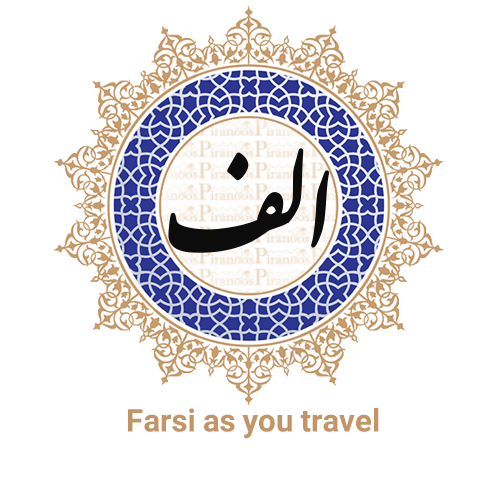
Susa

A Month in Iran


From Mountains to the Desert


ZAGROS Journey


Forty Days & Nights


Western Iran


Southwest to Center + Desert Expedition -14 Days

From Medes empire up to Achaemenes – 10 Days

A Glimpse of Iran – 14 Days

The Old Empire, Western Iran – 7 Days

Tehran to Dezful + Desert Expedition- 14 Days
Tehran to Dezful – 14 Days
Center to West with Desert Expedition – 17 Days
Center to West – 17 Days
The Glory of Iran -17 Days

From Ancient Cities to The Heart of Desert – 17 Days

